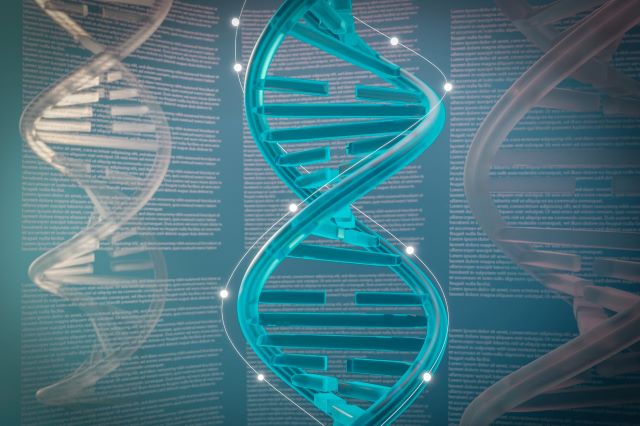Scurvy and the Miracle of Vitamin C: How Lemons Defeated Scurvy

Scurvy is a disease known since the days of long sea voyages when sailors suffered from the lack of fresh food. The disease manifested itself in fatigue, anemia, bleeding gums, bruising, and swollen joints. The link between the disease and a deficiency of something found in “acidic fruits” was established by Scottish doctor James Lind in 1747. His research showed that including citrus fruits in the diet effectively prevented and treated this condition, saving the lives of many sailors.









